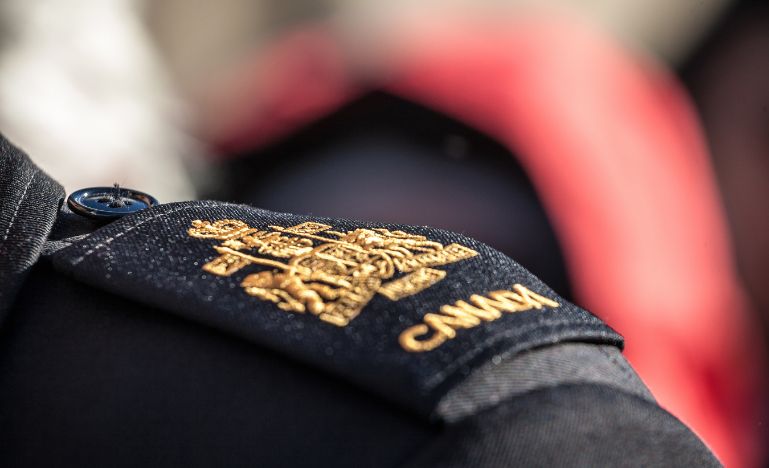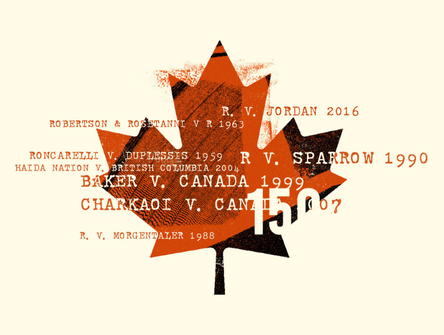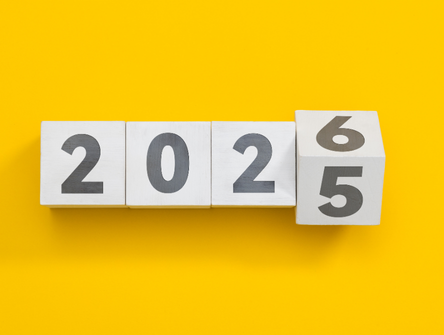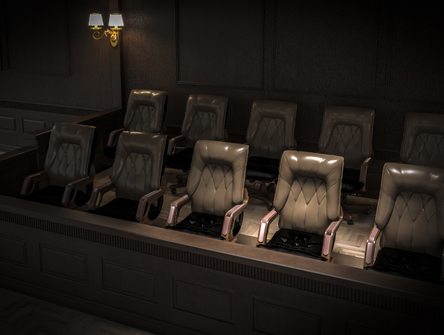Conscription in Canada
Mandatory military service ended here in 1945. But as take-up of it accelerates among allies, could this country follow suit?

After decades of relative quiet, talk of conscription and national service is suddenly making headlines on both sides of the Atlantic.
This is not surprising, given the world looks more dangerous than ever since the Cold War. As some prepare for a major conflict in Europe, governments are rethinking their military policies and budgets, which had been steadily shrinking until recently.
Several countries have revived or expanded national service, and many leaders are now boosting defence spending in the wake of Russia’s full-scale invasion of Ukraine.
However, on this side of the Atlantic, experts say Canada is nowhere near contemplating forced service.
"Any number of groups would oppose conscription, either because they were against one conflict in particular or the concept of conscription in general,” says Tyler Wentzell, a military historian, army reservist and doctor of juridical science candidate at the University of Toronto.
Such a move would undoubtedly lead to court challenges over conscription’s violation of civil liberties, particularly Section 7 of the Charter of Rights and Freedoms, which protects “the right to life, liberty and security of the person.”
Conscription would also be deeply unpopular in the United States, which has been embroiled in largely unsuccessful foreign wars for most of this century. “The US and Canada will do anything possible to avoid a draft,” says Michael Williams, associate professor of international affairs at Syracuse University and an expert at the Washington DC-based think tank Center for Strategic and International Studies.
If war breaks out, a coalition force of North American professional military personnel would likely do the fighting, alongside existing European troops, he says.
After more than two years of war in Ukraine and as anti-Western forces in China, Russia, Iran, and North Korea build stronger bonds, NATO countries are waking up to their vulnerabilities, both human and material, and their adversaries’ soaring military spending.
It is estimated that about 40 percent of all Russian public expenditures—six percent of GDP—are on defence. In contrast, some NATO countries, including Canada, struggle to hit their two percent spending target. Accurately assessing military expenditures in China, the world’s largest army, is difficult, but experts say it is spending significantly on defence even as its economy weakens.
Overall, global military expenditure reached $2443 billion in 2023, up seven percent yearly, led by the US, China, and Russia.
British Defence Secretary Grant Shapps said recently that we are “moving from a post-war to a pre-war world.” Echoing that sentiment, Admiral Rob Bauer, chair of NATO’s military committee, said alliance members need to be on alert and "expect the unexpected.” The public must also shift its mindset for an era when "when anything can happen at any time.”
“The tectonic plates of power are shifting,” Bauer said. “And as a result, we face the most dangerous world in decades.”
Recognizing that, Britain’s former top NATO commander, General Sir Richard Sherriff, has said it’s time to “think the unthinkable” and consider UK conscription to prepare for a potential land war in Europe.
Even before Russia’s aggression, a host of European countries, including Norway and Finland, already had some form of conscription or national service. But the take-up has accelerated in the last couple of years. Latvia reintroduced it, while Denmark, new NATO entrant Sweden and Estonia have increased the eligibility of conscription to reach more people. Some countries that abandoned the practice long ago are considering it again, including Germany.
While campaigning in May, British Prime Minister Rishi Sunak called for the reinstatement of national service, a much lighter requirement than military conscription. While many mocked his announcement as a vote grabber aimed at the older generation, some saw it as prudent. In January, the head of the British Army, Gen Sir Patrick Sanders, had also called for a “national mobilization.”
Many observers don’t believe Russian President Vladimir Putin will make a serious move against any of NATO’s 32 member countries any time soon. That’s because NATO’s Article 5 states that an attack on one member is an attack on all. Putin’s inability to defeat a single country like Ukraine—even when on a total war footing—decreases the chances of a conflict with such a large group. “Putin views NATO membership as a red line that he doesn’t want to cross,” says Williams, adding he’s very careful about limiting Russian targets.
“So, the threat of a wider war with NATO is relatively low.”
As a founding NATO country, what are Canada’s obligations to fellow members if there were a major conflict? While Canada must help, this does not necessarily mean sending huge numbers of people, particularly untrained conscripts, to war. “The overall goal is to maintain consensus, so it would be a case of, ‘Thank you, Canada, for what you can contribute,’” says Williams.
“Canada would probably send professional, full-time troops.”
A mandatory Canadian draft would only occur if the country’s existence were threatened. And it would include women.
“It would have to,” says Wentzell.
“The Canadian Armed Forces has no gender-based restrictions on employment whatsoever; therefore, any attempts to conscript men only would neither legally nor rationally hold water.”
Philippe Lagassé, a military expert at Carleton University’s Norman Paterson School of International Affairs, also suspects that if conscription were to return, it would apply to both men and women.
He says if a case were launched, “It might be because male-only conscription would be challenged under s15(1)” of the Charter, which states every individual is equal before the law without discrimination based on race, national or ethnic origin, colour, religion, sex, age or mental or physical disability.
So, what would an involuntary mobilization look like in Canada? Experts say it would likely require a legislative act and then an executive act that would cause a draft to occur. In its history as a nation, Canada has invoked this only twice—during the First and Second World Wars—and in both cases, it was highly divisive and controversial, particularly within the Francophone community and some First Nations.
Public support would likely be low overall, but history is no guide. Ultimately, context would be key.
“It would totally depend on what people were asked to put their lives on the line for,” Wentzell says.
As for whether a Charter challenge to conscription would be successful, that’s unclear. Forced mobilization would likely be permitted under the reasonable limits clause, “particularly if it was considered essential to the security of the country,” says Lagassé.
In such circumstances, the government could also invoke the notwithstanding clause. As the federal government has never invoked Section 33, such a move would come with a very high political price tag, says Wentzell.
Talk of conscription comes at a time when attracting and retaining full-time, quality soldiers is a big challenge for many countries, including Canada.
Several years ago, the Pentagon determined that more than three-quarters of young Americans would not be able to join the military if they wanted to because of obesity, lack of education or mental health problems.
Some countries, including Canada, are responding to this issue by relaxing some rules in order to boost the numbers. But, so far, this has met with little success.
Military experts have lamented the state of Canada’s armed forces and the fact that so many posts go unfilled. In March, Minister of National Defense Bill Blair said the Canadian military is in a “death spiral” regarding recruitment, as more people leave service than enter.
That’s hardly an ideal situation, given the current state of the world.
“Right now, NATO cannot meet the defensive plans that it wants to put in place,” says Williams, noting there were similar problems during the Cold War.
“NATO militaries just don’t have enough personnel at the moment.”


